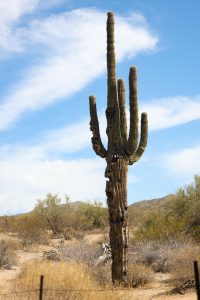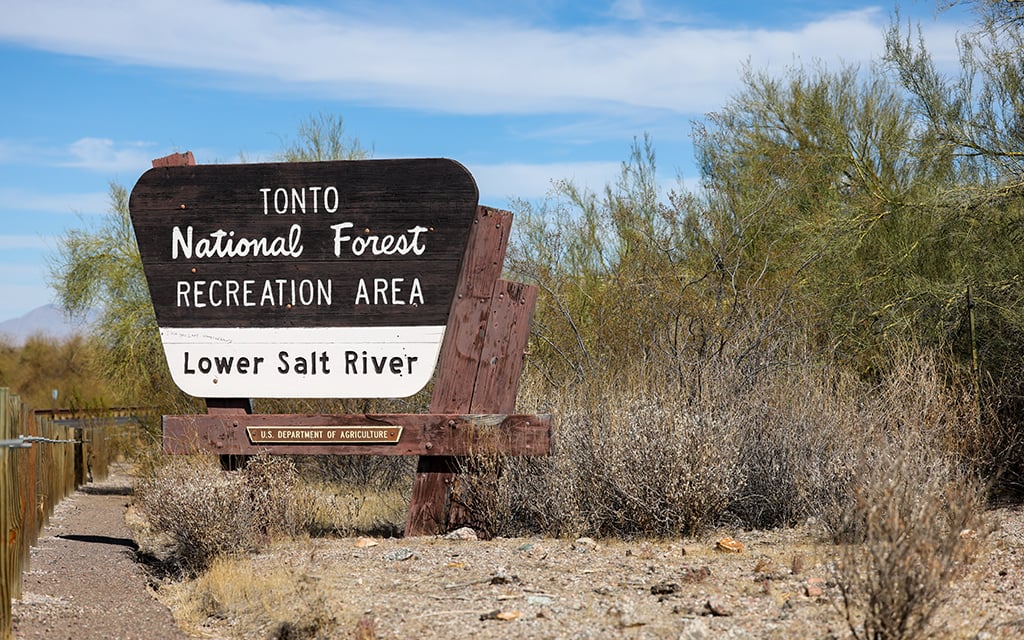PHOENIX – Arizona National parks and forests are already feeling a strain on resources after President Donald Trump’s executive order for a federal hiring freeze and extensive firings.
Grand Canyon National Park, one of the state’s 22 national park sites, reported wait times being twice as long as usual just a week after the National Park Service and National Forest Service fired thousands. The park lost four toll operators, according to The Washington Post, despite being the second most visited park in the country. The park service fired an estimated 1,000 employees.
The Trump administration’s Department of Government Efficiency has tried to slash numerous areas of federal funding – including for national parks and forests. A federal hiring freeze went into effect Jan. 20, but the park service has since been cleared to fill thousands of seasonal positions.
While national parks are part of the Department of the Interior, national forests are part of the Department of Agriculture, which defended Trump’s decision to cut positions.

A saguaro cactus stands near the Twisted Sister trailhead in Tonto National Forest on Feb. 24, 2025, in Maricopa County. (Photo by Alexis Heichman/Cronkite News)
“As part of this effort, USDA has made the difficult decision to release about 2,000 probationary, non-firefighting employees from the Forest Service. To be clear, none of these individuals were operational firefighters,” a USDA spokesperson wrote. “It’s unfortunate that the Biden administration hired thousands of people with no plan in place to pay them long term.”
Though USDA officials say 2,000 employees were let go, a union says the number is closer to 3,400 workers.
Others have been less enthusiastic about the decision to release so many positions. Matthew Nelson, executive director of the Arizona Trail Association, said the decision is most likely to affect residents of the Valley who travel around the state to access natural lands.
“Most of the public lands that we love and enjoy – so these are national forests, Bureau of Land Management lands, national parks – they’re all managed by federal agencies, and right now, those systems are being completely dismantled,” Nelson said.
In 2023, outdoor recreation added over $14 billion to the Arizona GDP, according to the U.S. Bureau of Economic Analysis.
“Beyond just the economic value of outdoor recreation, what it provides in terms of healthy living, I think it really, for me, defines what it means to be an Arizonan,” Nelson said. “That’s why I live here, and why I’ve pursued the job and the lifestyle that I have. If that were to ever change, it would completely transform how I see Arizona and America.”
Bill Wade, executive director of the Association of National Park Rangers, said though the “Valentine’s Day massacre” of firings wasn’t a complete surprise, the extent wasn’t anticipated.
“That’s kind of using the broad sword rather than the scalpel,” Wade said.
Wade said those affected received an email at 4 p.m. Feb. 14 and were given an hour and a half to return any government equipment. The National Park Service maintains it will continue hiring seasonal staff for better visitor experience.
“The National Park Service is hiring seasonal workers to continue enhancing the visitor experience as we embrace new opportunities for optimization and innovation in workforce management,” a spokesperson wrote. “We are focused on ensuring that every visitor has the chance to explore and connect with the incredible, iconic spaces of our national parks.”
In a social media post about the Grand Canyon, Arizona Gov. Katie Hobbs said the “Trump administration’s removal of essential workers undermines our economy and ability to showcase one of the greatest natural wonders of the world.” On Friday, Hobbs said despite the challenges at the Grand Canyon, she would not use state resources to aid the park, according to the Arizona Capitol Times.
Volunteers and employees of the park service around the state have said Arizonans and tourists will likely feel the fallout of fewer resources.
“When this workforce continues to be diminished, it’ll also affect our ability” to maintain trails, Nelson said. “We also need our partners at the Forest Service and the BLM and the National Park Service to be engaged in that process. Otherwise, everything falls apart.”
Cronkite News reporter Emily Fox-Million contributed to this article.




